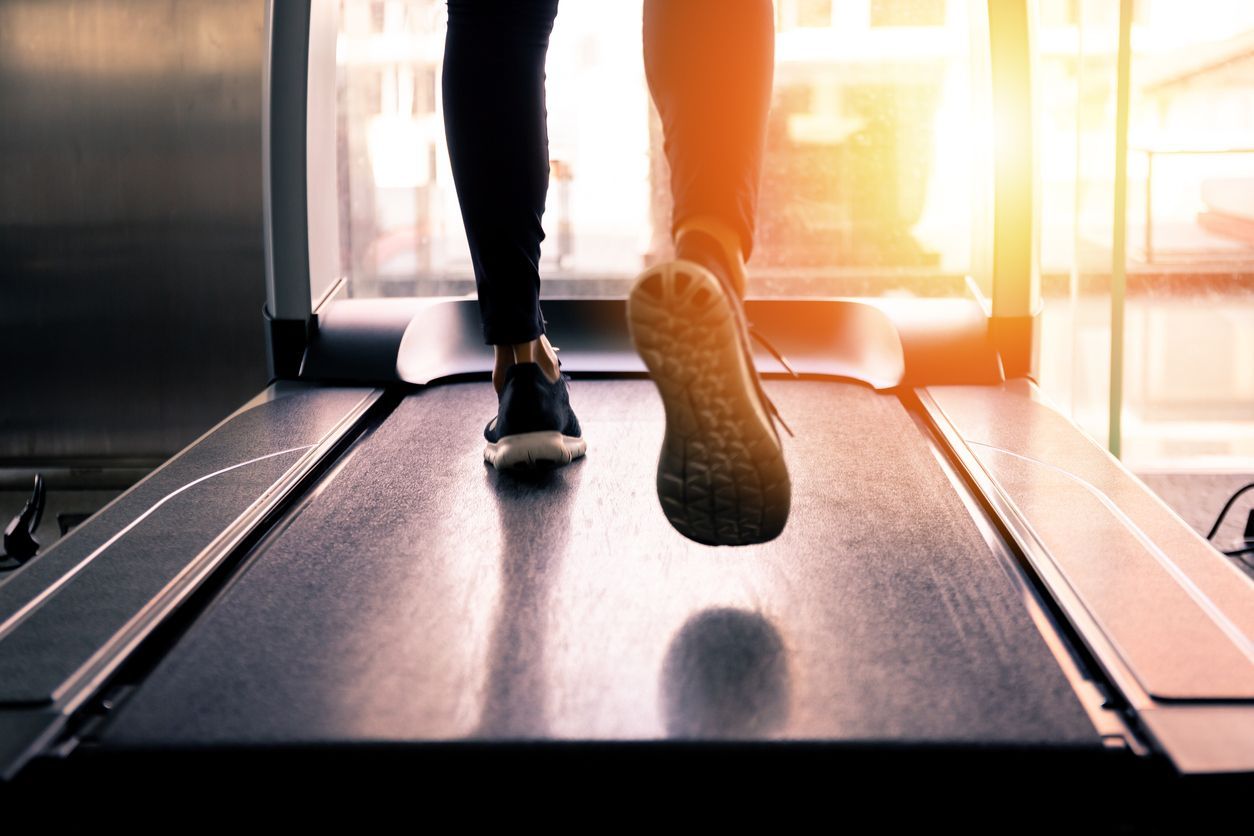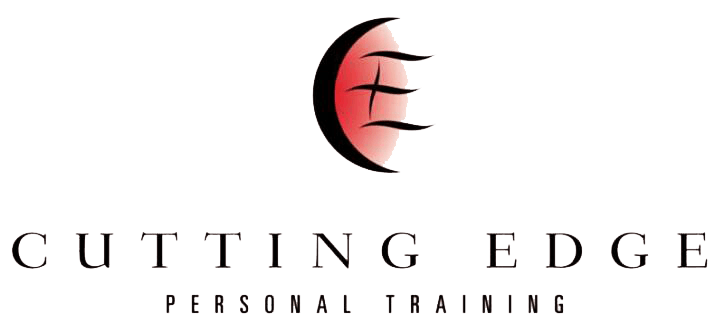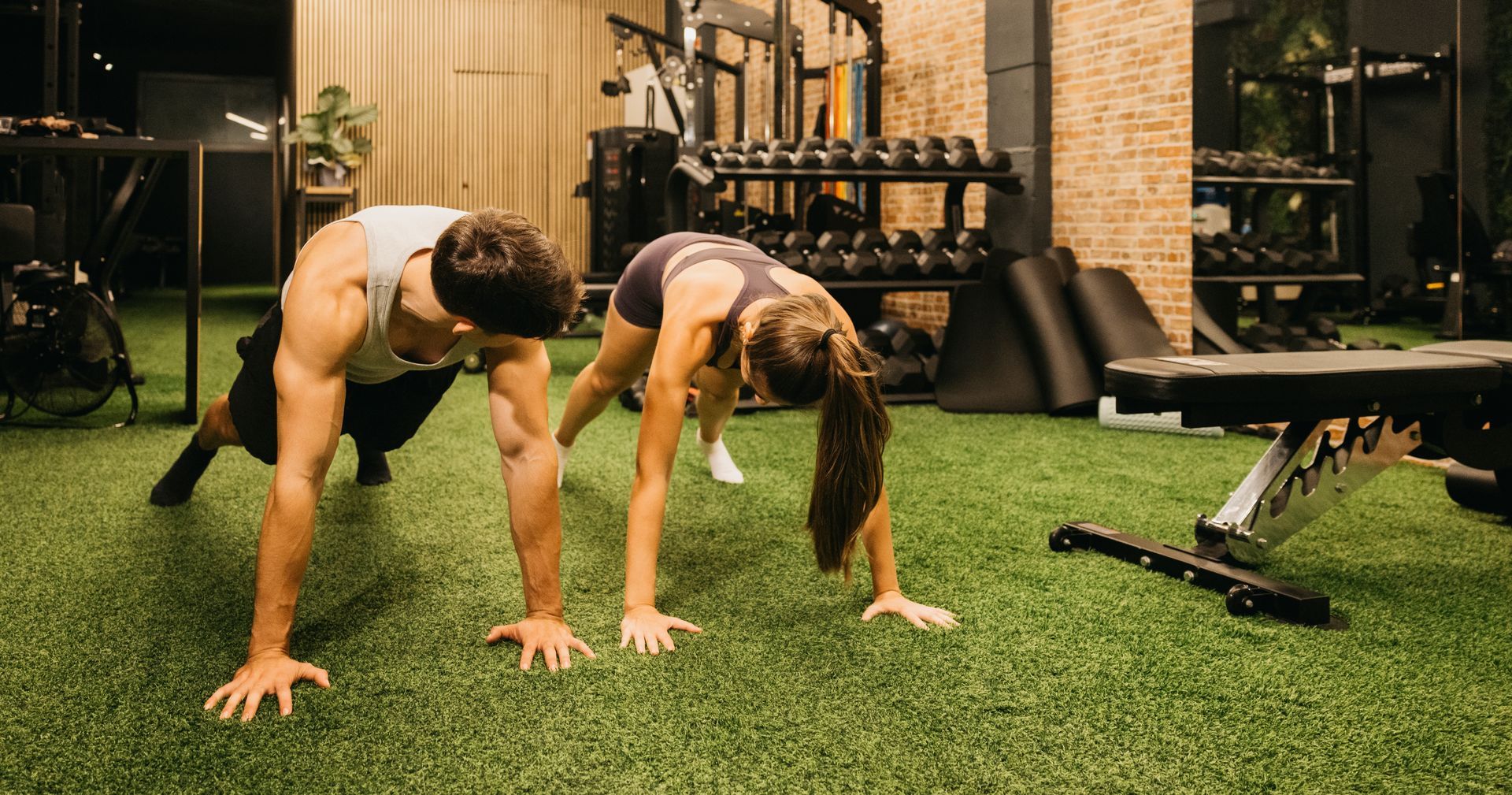July 6, 2023
Do I Need to do Cardio to Burn Fat? Low Intensity vs. High Intensity Cardio For Fat Loss
Do I Need to Do Cardio To Burn Fat? - Part 2: Low Intensity vs. High Intensity Cardio for Fat Loss

Now that we’ve debunked the myth that cardio is the exclusive route to fat loss, let’s explore another popular fitness quandary: the debate between low-intensity and high-intensity cardio. Which one is more efficient for fat loss?
Let's take a closer look.
Low-Intensity Steady-State (LISS) Cardio
Low-intensity steady-state cardio, or LISS, involves performing cardio activities at a low to moderate intensity for a longer duration. This could be a leisurely bike ride, a brisk walk, or a slow jog, performed for around 45-60 minutes. The goal here is to keep your heart rate in the range of 50-70% of your maximum.
The key benefit of LISS is that it burns a larger percentage of calories from fat compared to carbohydrates. This happens because the body, when performing activity at a lower intensity, tends to rely more on fat stores for energy. Additionally, LISS is easier on your joints and can be ideal for beginners, the elderly, or those recovering from an injury.
However, the total calorie burn from a LISS workout is often less than that of a high-intensity session of similar duration. It also doesn't induce a significant EPOC effect, meaning the calorie-burning benefits mostly stop when the exercise ends.
High-Intensity Interval Training (HIIT)
On the other hand, high-intensity interval training, or HIIT, involves short bursts of intense exercise alternated with recovery periods. Think sprinting for 30 seconds, followed by walking for a minute, repeated for around 20-30 minutes. This pushes your heart rate to 70-90% of its maximum during the intense intervals.
HIIT workouts can lead to a higher total calorie burn in a shorter amount of time compared to LISS workouts. Furthermore, they induce significant EPOC, leading to prolonged post-workout calorie burning. HIIT has also been shown to improve cardiovascular fitness, insulin sensitivity, and muscular endurance.
However, it's worth noting that HIIT can be challenging and may not be suitable for everyone, especially beginners or individuals with certain health conditions. It also places a higher stress on your body, which requires adequate recovery to prevent overtraining.
Which is Better for Fat Loss?
Given these characteristics, you might wonder which cardio form is superior for fat loss. The answer, however, isn't so straightforward.
Both LISS and HIIT can aid in creating a calorie deficit, which as we've discussed, is the fundamental aspect of fat loss. Choosing between the two often comes down to what other kinds of training one partakes in, personal preference, time availability, fitness level, and recovery capacity.
That being said, a balanced approach incorporating both LISS and HIIT can bring the best of both worlds, offering variety and comprehensiveness to your fitness routine. Remember, consistency is key when it comes to achieving sustainable fat loss and overall fitness. Choose the cardio form you enjoy the most, form you enjoy the most, as this is what you'll most likely stick to in the long run.
If you're pressed for time and seek a quick yet intense workout, HIIT might be your go-to. On the other hand, if you prefer a less strenuous, more meditative form of exercise, or if you're just starting your fitness journey, LISS could be a better fit.
Additionally, alternating between the two can provide a good balance between intensity and recovery. A high-intensity workout might be great for blasting calories and ramping up your metabolism, but doing it every day can lead to burnout and increase the risk of injuries. This risk of burnout and injury is tenfold if you’re doing regular, intense weight training workouts (and you should be). That's where LISS can come in handy, helping you recover while still keeping active and burning calories.
It's also essential to consider your overall lifestyle when choosing a cardio routine. If your job or daily life is high-stress and fast-paced, a calming LISS session might be more beneficial. On the other hand, if you lead a sedentary lifestyle, infusing it with some HIIT could help ramp up your fitness level and calorie burn.
Finally, remember that nutrition remains a vital component of any fat loss journey. Your efforts in the gym or on the track should be complemented by a balanced, nutrient-dense diet that supports your calorie deficit goal without depriving you.
Cardio, be it LISS or HIIT, is a tool to aid in fat loss and improve your overall health. However, the idea that you need to do endless cardio to lose fat is outdated. Your focus should be on finding a well-rounded, sustainable approach to fitness, encompassing strength training, cardio, and a healthy diet that suits your lifestyle and goals.





